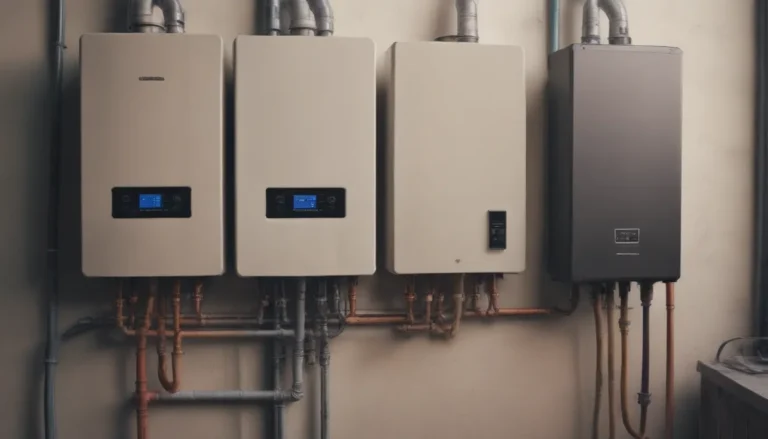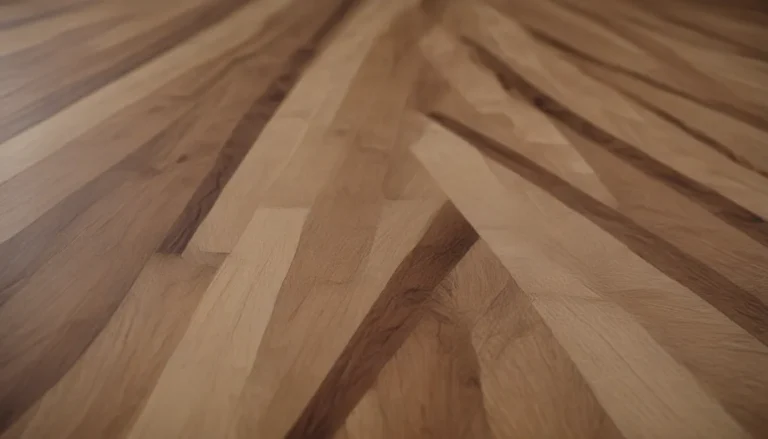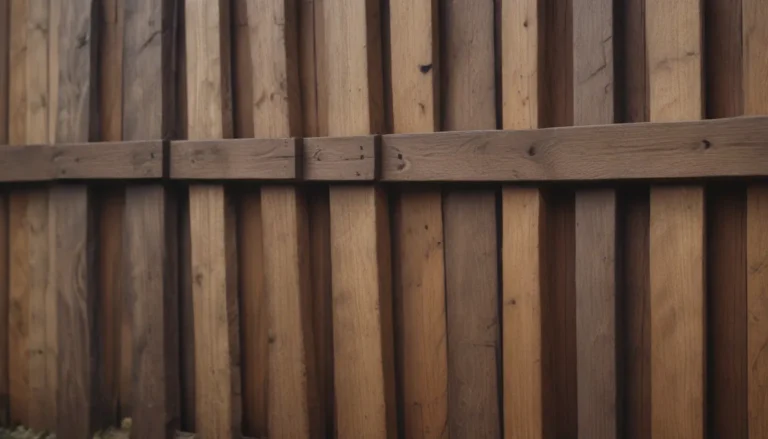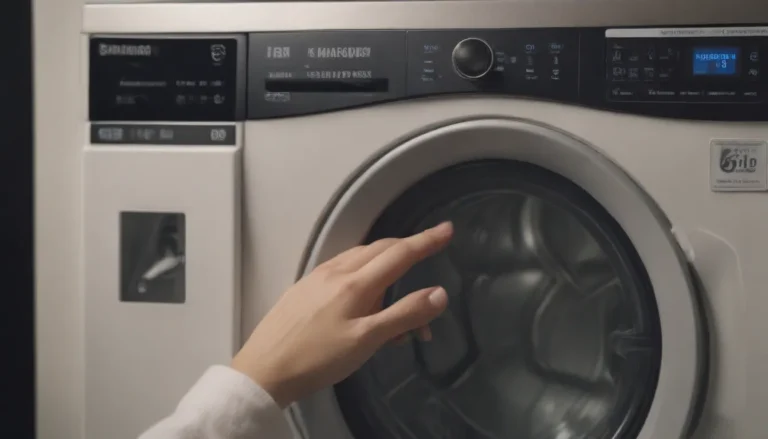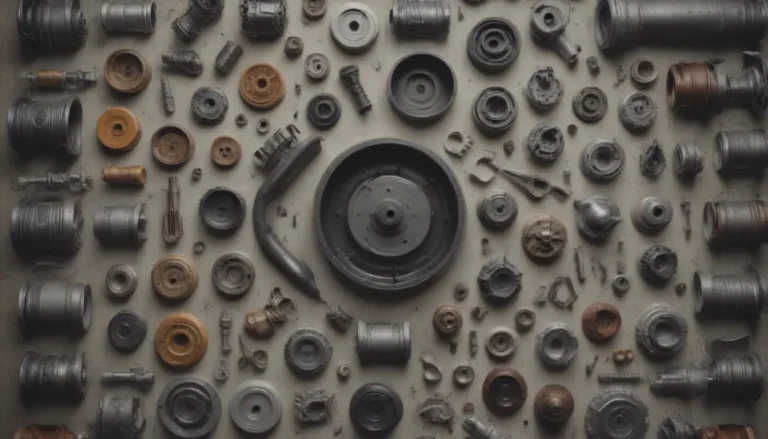The Importance of the Right Temperature for Pouring Concrete
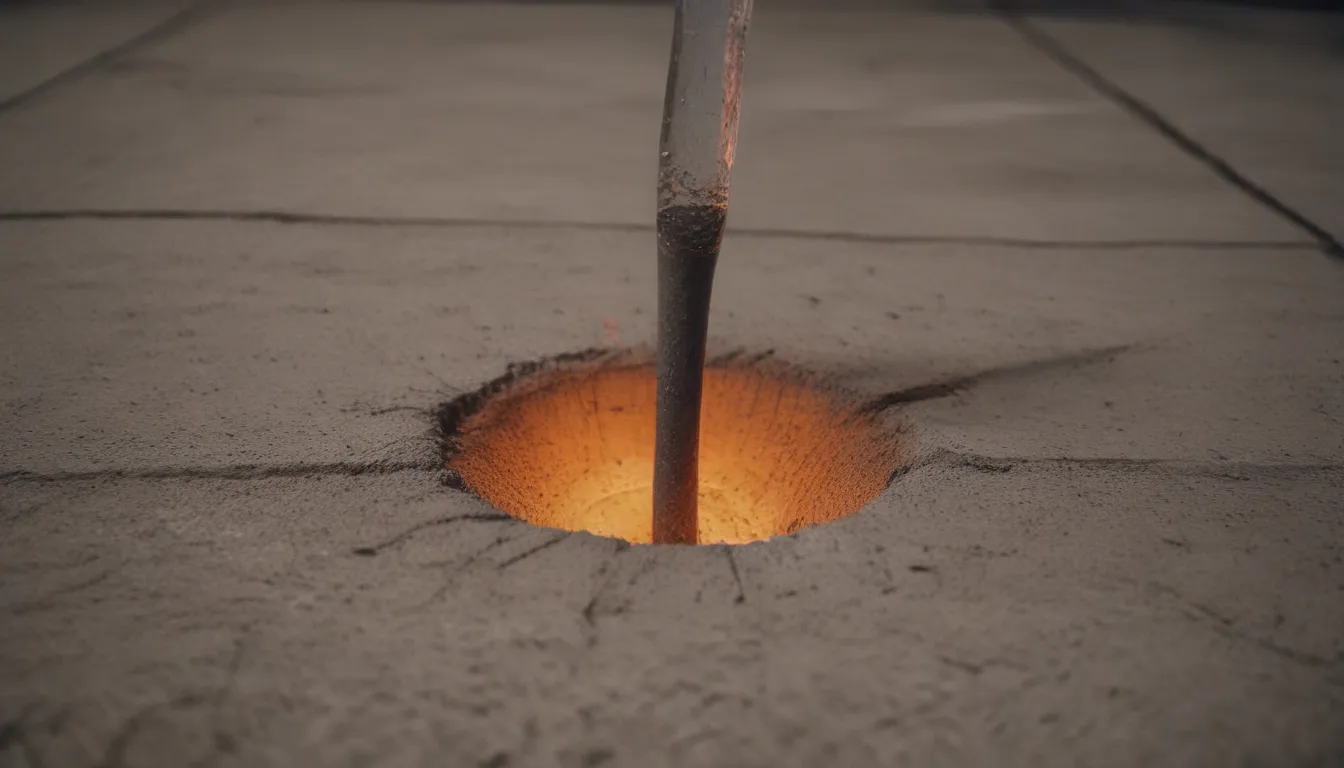
If you’ve ever embarked on a home improvement project that involved concrete, you know how crucial it is to get the pouring and curing process just right. Concrete is a versatile and durable material when properly poured and cured, but getting the temperature right during this process is key to ensuring a strong and long-lasting final product.
Understanding How Concrete Works
Before we delve into the importance of temperature when pouring concrete, let’s take a moment to understand how this versatile construction material actually works. Concrete is a composite material made up of aggregate (sand and broken gravel) and paste (water and cement) that, when combined, form a fluid mixture that can be poured and molded into various shapes. The curing process, wherein the mixture chemically reacts with water molecules to bond the components together, is what ultimately gives concrete its incredible strength and cohesion.
However, extreme temperatures can significantly impact this curing process, potentially leading to issues such as weakened structural integrity, flaking, chipping, and cracking. Therefore, it’s essential to pour and cure concrete at the optimal temperature to achieve the best results.
The Risks of Pouring Concrete at the Wrong Temperature
Pouring concrete in either hot or cold weather can pose serious risks to the quality and longevity of the final product. In hot weather, excessive evaporation can lead to the loss of water in the concrete mixture, resulting in a weaker finished product that is more susceptible to damage. Conversely, pouring concrete in cold weather can prolong the curing process, leading to shifts and cracks in the concrete’s structure over time. Freezing temperatures can also cause the water in the concrete to freeze and expand, resulting in potentially catastrophic breaks and damage.
The Ideal Temperature for Pouring Concrete
To mitigate these risks, it is recommended to pour concrete at a temperature between 50 to 60°F. Temperatures below 50°F can slow the curing process, while temperatures below 40°F put the concrete at risk of freezing. On the other hand, temperatures above 60°F can lead to excessive evaporation, affecting the structural integrity of the concrete. If pouring concrete in warmer weather, consider lightly watering the concrete after it has hardened to prevent evaporation and aid in the curing process.
The Best Season for Pouring Concrete
While summer may seem like the perfect season for outdoor projects, the intense heat can actually make it challenging to pour concrete at the ideal temperature. The best season for pouring concrete is during the cooler months of the year, such as spring or fall, when temperatures are more likely to fall within the optimal range of 50 to 60°F. For those living in warmer climates, winter may even be a suitable time to pour concrete, as long as nighttime temperatures do not drop below 40°F to avoid freezing.
Does Time of Day Matter?
In addition to temperature, the time of day and weather conditions should also be taken into consideration when pouring concrete. To avoid extreme heat, plan to pour concrete before 10 a.m. or after 8 p.m. If working on a summer project, pouring concrete at night can give the mixture the best chance to cure properly before the sun comes up. Additionally, avoid pouring concrete in rainy weather, as even light rain can damage newly poured concrete. However, once the concrete has hardened after 4 to 8 hours, rainwater can actually aid in the curing process by providing additional hydration.
Tips for Mixing, Pouring, and Curing Concrete
To ensure the best results when working with concrete, consider the following tips:
- Mixing: Be precise when combining the aggregate and paste to create a uniform and workable mixture.
- Pouring: Pour concrete at the optimal temperature and time of day to promote proper curing.
- Curing: After the concrete has hardened, lightly water it several times a day for the first 72 hours to aid in the curing process.
By following these guidelines and paying attention to temperature, season, and weather conditions, you can ensure that your concrete projects turn out strong, durable, and built to last for years to come. Remember, a little extra care and attention during the pouring and curing process can make all the difference in the quality of your finished product.
